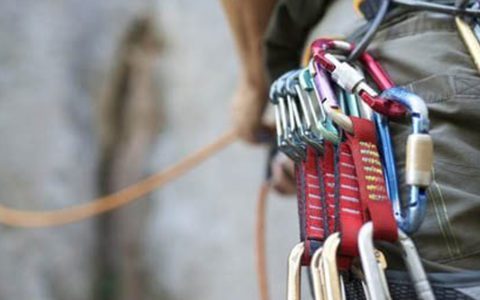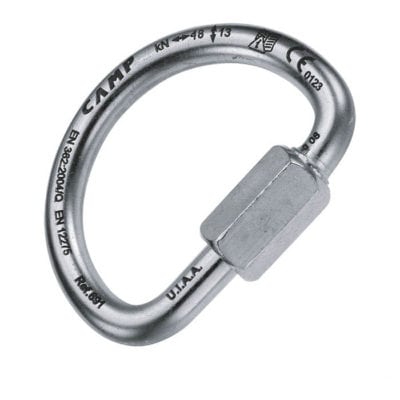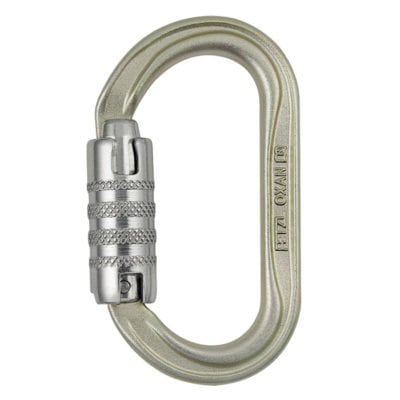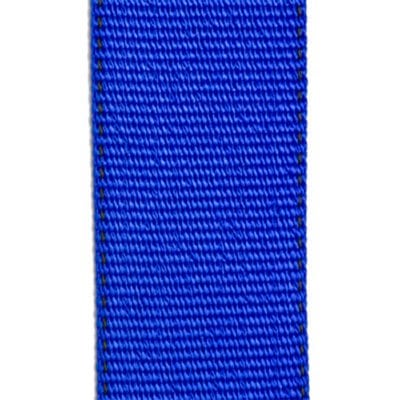Your cart is currently empty!
What Carabiner is Right For You?

With the number of carabiners on the market these days, it’s easy to feel overwhelmed about picking the right one for your needs. Do you need an auto-locking carabiner or a non-locking carabiner? How much weight does your carabiner need to support? What shape carabiner is right for you? All these questions play a vital role in your selection.
Different Uses for Carabiners
Most people associate carabiners with climbing and mountaineering because that is what they are primarily used for. However, there are many other applications of carabiners that you may want to consider before making your selection. Technicians who frequently climb poles for their jobs may use carabiners to lock themselves in place as they move upward. Survivalists keep carabiners on hand for securing gear together and making emergency repairs. Some people even use carabiners as makeshift keychains to hold large amounts of keys or shopping cards. The opportunities are endless.
Before you try to select a carabiner to use, think about what its intended purpose will be. If you want it to have more than one application, get something that is versatile enough to accommodate all of your needs.


Compare Carabiner Shapes
One of the most distinguishing differences between carabiners is their shapes. Each shape is designed to operate a little differently. Here is a quick breakdown of the carabiner shapes you may come across in your search:
Pear Shape Carabiners:
Pear shape carabiners have large gates that are ideal for clipping gear together or holding on to large ropes. They are most often used for rappelling, but they are also popular for multi pitch climbing. They are not quite as strong as other shapes listed below, and they are usually more expensive than D or asymmetrical D-shaped carabiners.
D-Shaped Carabiners:
D-shaped carabiners are considered to be the strongest and most durable on the market. They have a smaller gate opening than other shapes, but they still have a larger gate than oval carabiners. They are fairly affordable and excellent for a wide range of climbing exercises.
Asymmetrical D Shaped Carabiners:
These ‘biners look more like pear shapes than D shapes at first glance, but they are designed to function like D-shaped models. They are the most popular version available because they weigh less than D-shaped ‘biners and have larger gate openings (even easier to clip than D shapes).
Oval Carabiners:
These were the original models to come available, and they remain the most affordable ones out there. As the name suggests, they have an oval shape, and they have smaller openings than the other carabiner shapes. They are not as strong as D, asymmetrical D or pear-shaped carabiners, but their round shape reduces the chances of weight shifting.
Locking vs. Non-Locking Carabiners
Carabiners as a whole are made to stay shut, but there is still a risk of the gate opening at an inopportune time. At least, that is the case with non-locking carabiners. Locking ‘biners have mechanisms in their design that make them more secure than non-locking models. Some are made to lock automatically, and others have screw-locking gates that must be manually screwed together.
Locking carabiners are heavier than non-locking ones, but they are far more secure. The peace of mind alone is worth the extra weight. If you need carabiners for rappelling or for using at belay stations, locking ones are the way to go.
Comparing Carabiner Gate Styles
After you’ve figured out what general shape and locking mechanism you want for your carabiner, you need to consider the style of the gate itself. Locking gates usually only come in one shape because of the way the screw or auto-lock is shaped. If you are considering a non-locking model, though, these are your general options:
Straight Gate Carabiners:
Straight gate ‘biners are easy to use and incredibly durable. They are great for holding gear together, and many feature a keylock nose to minimize snagging. These models are spring-loaded, so they shut automatically once you let go of the gate. They are heavier than wire gate carabiners, and they are a bit more expensive.
Bent Gate Carabiners:
Bent gate carabiners function like straight gate models, but they have a slight bend in their gates. This bend makes it easier for them to clip ropes, mostly on the rope-end of a quickdraw. They are just as strong and durable as straight gate carabiners, but they are still heavier than wiregate ones.
Wiregate Carabiners:
Wire gate carabiners are the lightest options available. They were considered less secure than the straight gate and bent gates at one point in time, but that’s not the case anymore. Rather than having a solid shaft for the gate, they have a sturdy wire loop. The opening reduces weight and makes them less likely to freeze shut in cold climates.
Weight vs. Strength
A general rule of thumb in climbing is the less weight you carry, the better off you are. Thus you may be tempted to get the lightest model carabiners you can find. Lightweight isn’t always the best option when it comes to security. Consider the weight you need the carabiner to support and how durable you need your ‘biners to be. Lightweight models tend to have narrower rod stocks, which means that they won’t last quite as long as slightly heavier models.
A General Guide for Choosing the Right Carabiner
Ideally, you should have a variety of carabiners at your disposal so you can be prepared for whatever adventure you’re planning. If you only need them for certain applications, though, this basic guide may point you in the right direction:
- Belaying and Rappelling: Pear shaped locking gate carabiners in pear shape
- Trad-climbing Quickdraws: Wiregate asymmetrical D-shaped carabiners
- Sport-climbing Quickdraws: Asymmetrical D-shaped carabiners (any gate style will work)
- Racking Gear: D, asymmetrical D or oval carabiners
Testing Carabiners on Your Own
Sometimes the best way to determine which carabiner is right for you is to test your options and see how they feel. Which carabiners are easiest to handle? Which ones feel the most secure for you? Colors are all a matter of personal preference, but some climbers choose colors based on how easy they are to see while they’re moving around. Once you test a few different options, you will discover the perfect carabiners for your specific needs.





